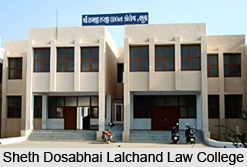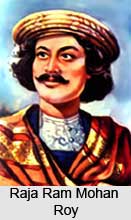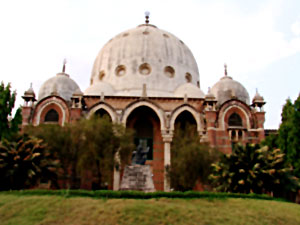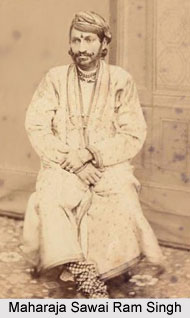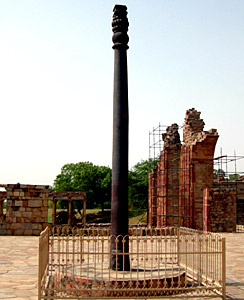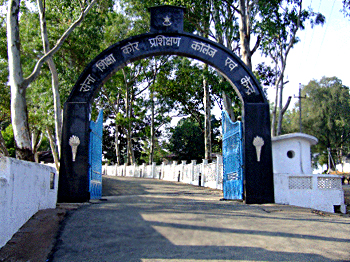The French Institute of Pondicherry (FIP) is an institution in Pudduchery fully administered by the French government. Even after the end of French rule more than half-century ago, the Pudduchery city has still retained some of the French culture, French street-names, French-style houses and hotels and few French academic institutions. FIP is one of them.
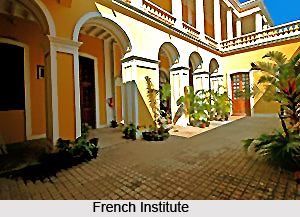 The French Institute of Pondicherry was officially inaugurated on March 20 in 1955 as a result of framework of the Cessation treaty of French Territories in India. FIP is a pert of the network of research centers organized by the French Ministry of Foreign Affairs. The French Institute of Pondicherry is situated near the beach in Pudduchery and the famous Aurobindo Ashram also stands nearby. The location of FIP is very beautiful and is within the French quarters. The building of FIP is constructed in 19th century in French-style and the colour of the building is yellow. It covers an area of 3000 square meters.
The French Institute of Pondicherry was officially inaugurated on March 20 in 1955 as a result of framework of the Cessation treaty of French Territories in India. FIP is a pert of the network of research centers organized by the French Ministry of Foreign Affairs. The French Institute of Pondicherry is situated near the beach in Pudduchery and the famous Aurobindo Ashram also stands nearby. The location of FIP is very beautiful and is within the French quarters. The building of FIP is constructed in 19th century in French-style and the colour of the building is yellow. It covers an area of 3000 square meters.
There are four missions of the French Institute of Pondicherry-
• Social sciences
• Ecology
• Geomatics and applied informatics
• Indology
The library of the French Institute of Pondicherry is very large and has wonderful collection of rare books and European research journals. The institute has a photo archives on South Indian temple architecture and sculpture. More than one lakh photographs can be found in the archives. A project to computerise the documents of this archive was started in the year 1994. The exchange of scholars and ideas between India and France is encouraged by the French Institute of Pondicherry. Seminars and lectures are also organised by the FIP to assist the students and scholars. Books and maps are also published from the FIP.
The French Institute of Pondicherry has a vast collection of manuscripts. The founder-director of the institute Jean Filliozat started this collection in 1955. He was very much interested to explain the Hindu temple what happens in it. He also aimed to collect all material relating to Saiva Agamas, the scriptures of the Saiva religious tradition called the Saiva Siddhanta, which has flourished in South India since the eighth century A. D. Now, the collection of FIP has reached to about 8600 palm-leaf codices and 1144 transcripts of manuscripts on paper in Devanagari script including five illustrated manuscripts. Four volumes of descriptive catalogues have been published by the French Institute of Pondicherry. These catalogues describe in detail the contents of 4,000 texts transmitted in 475 of the palm-leaf bundles. These were published in 1986, 1987, 1990 and 2002, respectively. It is said to be the largest collection of Saiddhantika manuscripts in the world. All the manuscripts are collected from private collections of temples, priests and monasteries across South India. These were brought in the FIP with an aim to preserve, transcribe and to translate them.
The Manuscript centre has documented 2500 manuscripts till now. Six institutions and eleven private collections of two districts are covered during the survey. The important collections of the survey include the U.Ve Swaminatha Iyer Library and Central Research Institute of Siddha Medicine of Chennai. The manuscripts of The French Institute of Pondicherry have covered a wide variety of topics such as Vedic ritual, Saiva Agama, Sthalapurana, mantra/rituals, devotional hymns, Hindu astrology, Traditional South Indian medicine, Tamil devotional literature and scripts such as Grantha. In July 2005, this collection of The French Institute of Pondicherry was registered in the World Memories of the UNESCO and was declared as a national treasure of India by the Indian government. It was also declared a "Manuscripts Resource Centre" in 2004 to give recognition of the valuable collections.

